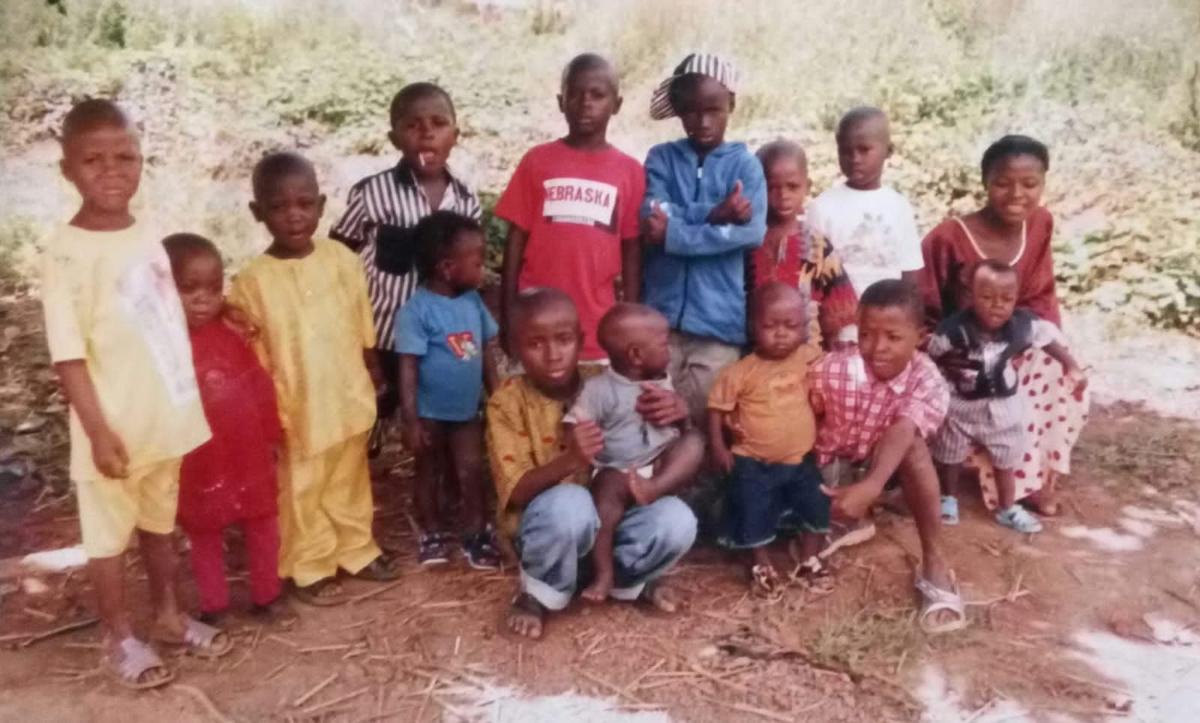Guinea Update: More refugees seek return to Sierra Leone
Guinea Update: More refugees seek return to Sierra Leone
Dozens of Sierra Leonean refugees continue to stream daily into a crowded transit centre in the Guinean capital of Conakry after fleeing camps in strife-torn south-western Guinea. The refugees say general insecurity in Guinea has prompted them to seek sea passage back to Sierra Leone. More refugees are also continuing to emerge daily from the bush north of the south-western town of Guéckédou.
Nearly 2,400 refugees are currently at the transit centre in Conakry waiting for a boat to Freetown. Because of the continuing demand, the transit capacity in Conakry is being increased by 3,000-5,000 spaces. In addition, a second ship is being sought to carry returnees from Conakry to Freetown. The MV Overbeck, chartered by UNHCR, made its fifth voyage on Saturday, bringing the total number of refugees voluntarily returned to Sierra Leone by UNHCR to 1,559.
On its voyage last Thursday, the Overbeck took home a total of 356 Sierra Leonean refugees, including 18 children who were separated from their immediate families during the panicked flight from camps in Guinea in December. The children were accompanied on the trip by relatives. UNHCR is working with the NGOs International Rescue Committee and Save the Children to set up a cross-border tracing system for the increasing number of separated and unaccompanied minors identified in Guinea.
Up to several dozen Sierra Leoneans arrive in Conakry daily from the south-west of Guinea. Most of those arriving in the capital were able to pay the $20 to $30 per person charged by taxis and buses for the 8- to 10-hour journey from the south-central town of Kissidougou. Tens of thousands of Sierra Leonean refugees have fled toward Kissidougou after border areas of the south-west came under attack in early December. The attacks sent tens of thousands of refugees fleeing a string of border camps in the Guéckédou area of the south-west. Some are believed to have crossed back into Sierra Leone, while others fled to the north and east toward Guinea's interior. UNHCR was forced to withdraw from the area in early December when its Guéckédou office was burned and several vehicles destroyed. With an improvement in security, it has since returned to the Kissidougou area, about 75 kms north of Guéckédou. UNHCR has also deployed three international emergency teams totalling about 45 people to the Guinea-Sierra Leone region.
Approval for New Sites
UNHCR has received final approval for the development of a new transit site and camps in the Kissidougou area for the thousands of refugees displaced by fighting in the south-west. Many of the displaced are spread out along roads and in dozens of villages in the region. The Guinean Interior Ministry has allowed work to begin at Sangardo, a transit site for up to 60,000 refugees located 30 kms north-west of Kissidougou. Two other sites have also been approved - Albadaria and Dabola - north and west of Faranah. Together, these two sites could shelter up to 40,000 refugees. A technical team was scheduled to travel to Dabola today (Tuesday). Workers cleared several hectares of brush at Sangardo over the weekend. Other work teams were mobilised to salvage materials from the largely destroyed camps of Bodou and Katkama, to the south. The building materials will be taken to Sangardo for use in new construction.
Public information campaign
UNHCR is also mounting an information campaign in the Kissidougou region to inform the local Guinean population about the need to provide protection and assistance to the refugees. There has been growing animosity toward the refugees in recent weeks by some Guineans who blame them for the rebel attacks in the south-west. UNHCR and local authorities are organising mobile information teams that will fan out in villages around the planned refugee sites. UNHCR is also launching an information programme for Sierra Leoneans still in Guinea about conditions in their homeland, should they choose to return
Continuing arrivals at Nyaedou
More refugees are emerging from the bush and surrounding villages into Nyaedou camp, 15 kms north of Guéckédou. Nyaedou now shelters some 23,000 refugees, up from the previous population of 15,000. Health and sanitation services in the camp are being expanded. Most of the health complaints are for malaria and respiratory infections, although three cases of dysentery have been confirmed in Massakoundou camp, which houses 35,000 refugees - 15,000 more than its planned capacity of 20,000.
Conditions in Sierra Leone
In Freetown, Sierra Leone, meanwhile, a growing problem is the refusal of returnees to move out of transit centres after the maximum five-day stay. On Friday, about 1,000 new returnees who were scheduled to be transferred to alternative accommodation refused to move. UNHCR will now transport returnees originating from unsafe areas of Sierra Leone directly from the port to alternative temporary accommodation. During the past week, 238 returnees from Kambia and other unsafe areas in the northern districts were transferred to the Lungi Peninsula, north of Freetown for temporary settlement in host communities.









